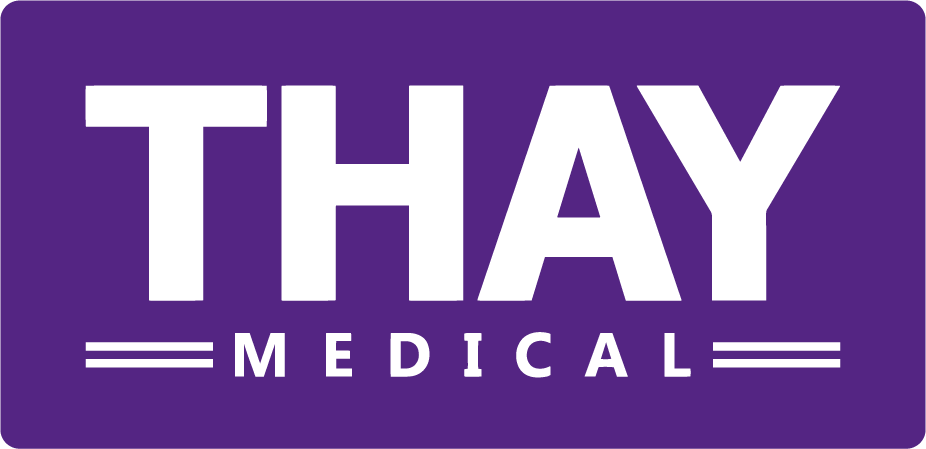The Human Factors of PPE
Since the beginning of the coronavirus pandemic we have focused very closely on using Personal Protective Equipment (PPE) such as disposable gloves, masks, face shields and disposable garments. These are ideal precautions to resist the spread of the virus, to control and to minimise the personal effect on each of us. As a team of Human Factors Engineers however, THAY Medical have observed many practices of use with PPE when seeing people out and about shopping, visiting pharmacies and social distancing – good and bad. This begs the question on really how many people are using PPE safely and effectively as intended by the manufacturers?
The answer is variable dependent on perspective. On one hand, the virus in specific areas of the world where PPE was distributed quickly and social distancing, quarantining and control were enforced, the rates of infection could be seen to be minimised through their use. One large factor in this is the culture of the population which is often mis-understood. Why were Italy, France and Spain dominating the pandemic charts so early with their unfortunate infection and death rates? Maybe because the populations of these three countries meet and greet each other socially by facial contact more than many other populations? For other countries the reasons may be more to do with the concentrations of population (New York city as an example) or to do with the state of health of the population? There are many factors that could be theorised.
On the other hand, one perspective could be due to the use of PPE. Who is trained on how to wash hands effectively? Who is taught how to put on or remove disposable gloves without cross-contamination? Healthcare professionals, clinicians and people who work with these protective items daily are. But the remainder of the populations are not. What we have been taught has been through social media, the news, the publications and through parenting. Institutions have publicised best practices which has been great to see, with many focusing on how clinically these products are used in real life. When performing ethnography, watching a surgeon ‘scrub up’ was taken for granted. Now we are all ‘scrubbing up’ to a degree to protect ourselves in a similar manner with the same end purpose – to protect ourselves and others around us.
The best practices of the hospital have transferred into our daily lives. And this is a good thing – as any microbiologist or clinician will testify. People need to be copying to a level these practices to certain degree, but all too often the general population can forget or become lazy. There are many examples still of people not following these best practices in social media and on the news channels. We all have seen a person shopping wearing many items of PPE, yet when they come to paying for items or loading their car with these items, they remove their PPE to complete this task. Yet we all have been told that coronavirus can linger on packaging for days – not minutes

Additionally, how we use the PPE is not something populations generally know about or focus on. Ask a Nurse how to put on a pair of disposable gloves or a mask and they will have been taught how to do this properly. Give a lay person a mask, with no instructions or training and they may not apply it optimally – they will achieve putting it on, but the effectiveness may be compromised. The same for a pair of disposable gloves. Everyone should be trained or have access to reliable information on best practices. One example would be the method for removing a pair of disposable gloves. One effective method is to pinch in the palm of the hand the gloves and remove from this point – rather than from the wrist end of the glove (where the fingers may contact bare skin thus transmitting anything located on the glove surface).
Another area we see that is frequently misunderstood is the maintenance of PPE and current non-clinical practice. Typically, a disposable face mask has a use life measured in hours and is single-use in many cases unless the filter medium is replaceable. Yet, lay people do not always understand this and use these items of PPE far longer than intended by the manufacturer or re-use them, contravening manufacturer’s indications for use. The perception of risk is one of the primary root causes, along with the mental models lay people have of PPE. People who use PPE and are trained in their use know the limits of effective use, but anyone without this knowledge is at a disadvantage and is very likely to do all they know – until trained or instructed on what to do. The manufacturer here can help the user by displaying key pieces of information on packaging or in instructional materials. The use of apps and software – especially with ‘track and trace’ software could really assist here to display key minimum safe and effective use instructions.
One element that Human Factors Engineers focus on is how the user is trained and how information is portrayed on packaging, instructions, in digital media and in software. So, when we see disposable gloves in a box packaged without instructions, without adequate methods of removing individual gloves easily, or of any inferior quality level, we question why these manufacturers aren’t focused on safe and effective use – especially now as the intended user may now include the lay person? It is the responsibility of the regulators and manufacturers to adapt, to enhance and to ensure safe and effective use everywhere in the world of medical products and especially PPE. A few illustrations on a package may significantly help the user and be appreciated by the user. The use experience of using PPE is not always positive – it is a fact of life now, so the manufacturers should focus on creating the positive use experience in combination with optimal safety and effectiveness.
The team at THAY Medical are passionate about these types of human factors concerns. It is our duty to care about the user and assist manufacturers on how to do this effectively as we believe that user-centred products are the most successful products. The safety and effectiveness of PPE is paramount in this time of pandemic, and with this potentially lasting for quite a while in the future, the use experience is going to be important also if users are going to continue to be protected.
The team at THAY Medical.

